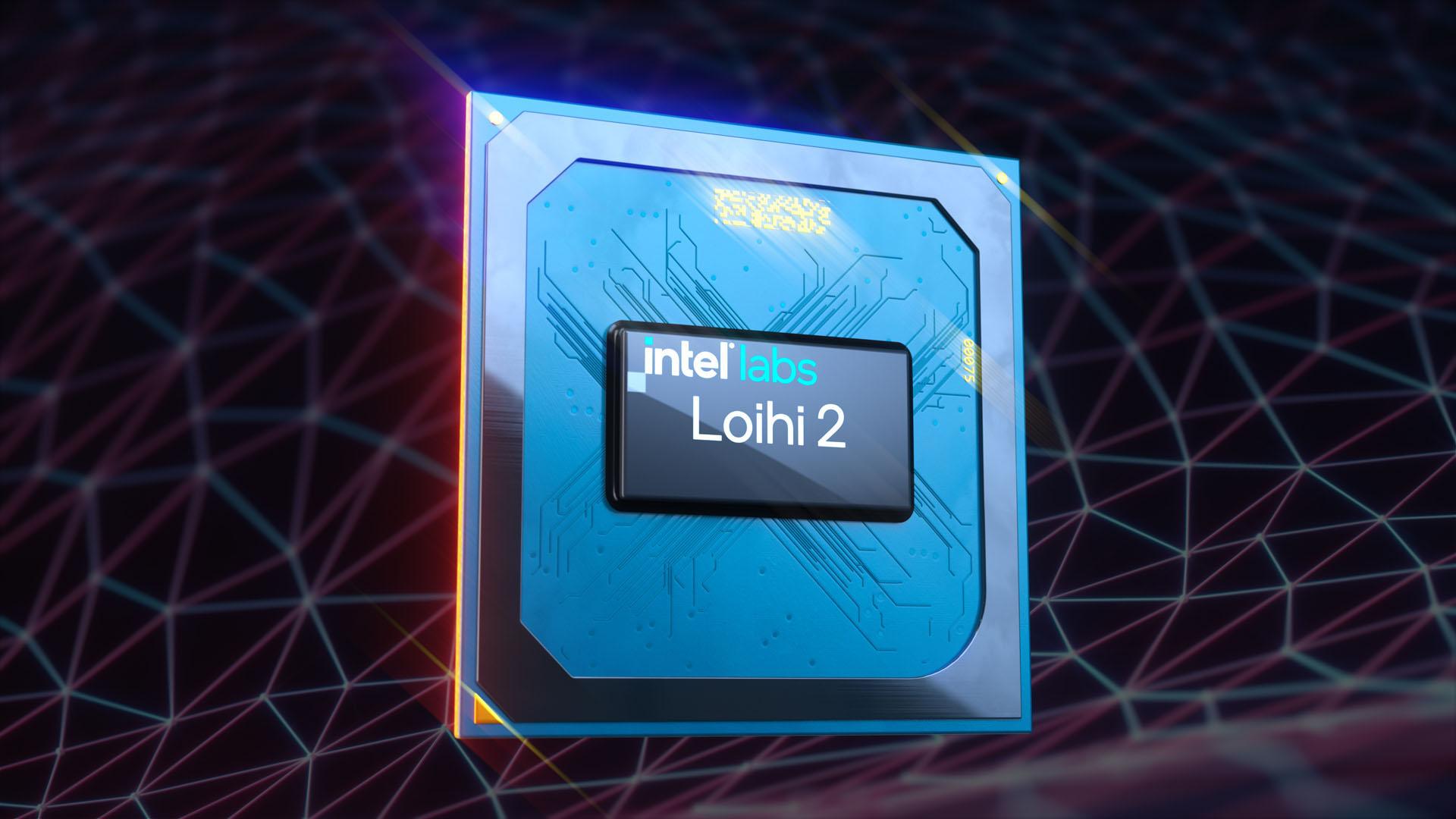Unleashing the Power of Neuromorphic Computing: Intel Loihi Chips Revolutionize AI and ML

In recent years, Artificial Intelligence (AI) and Machine Learning (ML) have become the primary drivers of technological progress. They have paved the way for revolutionary innovations in a variety of fields, including healthcare, finance, and transportation, to name a few. As AI and ML continue to develop, so too does the supporting hardware. The Intel Loihi chip is one such innovation; it is a neuromorphic processor designed to mimic the computing capabilities of the human brain. This article will examine how the Intel Loihi chip will contribute to the advancement of AI and ML.
Understanding Neuromorphic Computing
Neuromorphic computing is an emerging field of study that focuses on the development of hardware that simulates the neural structures and functions of the human brain. Utilizing the inherent properties of biological neural systems, this strategy aims to improve computing performance, speed, and energy efficiency. The Intel Loihi chip is a prime example of neuromorphic computing, as it is designed to process information similarly to how neurons and synapses in the brain do.

Key Features of Intel Loihi Chips
Energy efficiency is one of the most significant benefits of the Intel Loihi chip. Traditional computing architectures are based on the von Neumann model, which frequently necessitates significant power consumption. In contrast, the Loihi chip employs a novel, event-driven computing paradigm that enables it to process information asynchronously, thereby reducing power consumption by a significant margin. This energy efficiency makes Loihi chips ideal for a wide range of applications, including data centres and embedded systems in Internet of Things (IoT) devices.
The remarkable scalability of Intel Loihi chips is due to their modular architecture, which enables the seamless integration of multiple chips to form a larger neuromorphic system. This scalability enables researchers and developers to create AI and ML systems that are capable of performing complex tasks with ease. Consequently, these neuromorphic systems can serve a variety of applications, such as robotics, computer vision, and natural language processing.
The Intel Loihi chip supports adaptive learning, which enables it to learn and adapt to new data in real time. In contrast to conventional AI and ML systems, which require vast amounts of training data and computing power, neuromorphic systems, such as the Loihi chip, can learn from limited data samples and rapidly adapt to shifting environments. This feature opens up new opportunities in areas where rapid adaptation is crucial, such as autonomous vehicles and personalised healthcare.
The event-driven architecture of the Intel Loihi chip enables real-time decision-making, which is crucial for applications that require immediate responses. In traditional computing systems, the need for data transfer between memory and processing units frequently delays information processing. The unique design of the Loihi chip, however, allows it to make decisions in real time, making it ideal for applications such as robotics and autonomous systems.
Conclusion
The Intel Loihi chip has the potential to revolutionise AI and ML by providing computing solutions that are energy-efficient, scalable, adaptive, and real-time. As neuromorphic computing evolves, it will pave the way for new AI applications and enable researchers to push the limits of possibility. Intel Loihi is expected to play a significant role in shaping the future of AI and ML.
